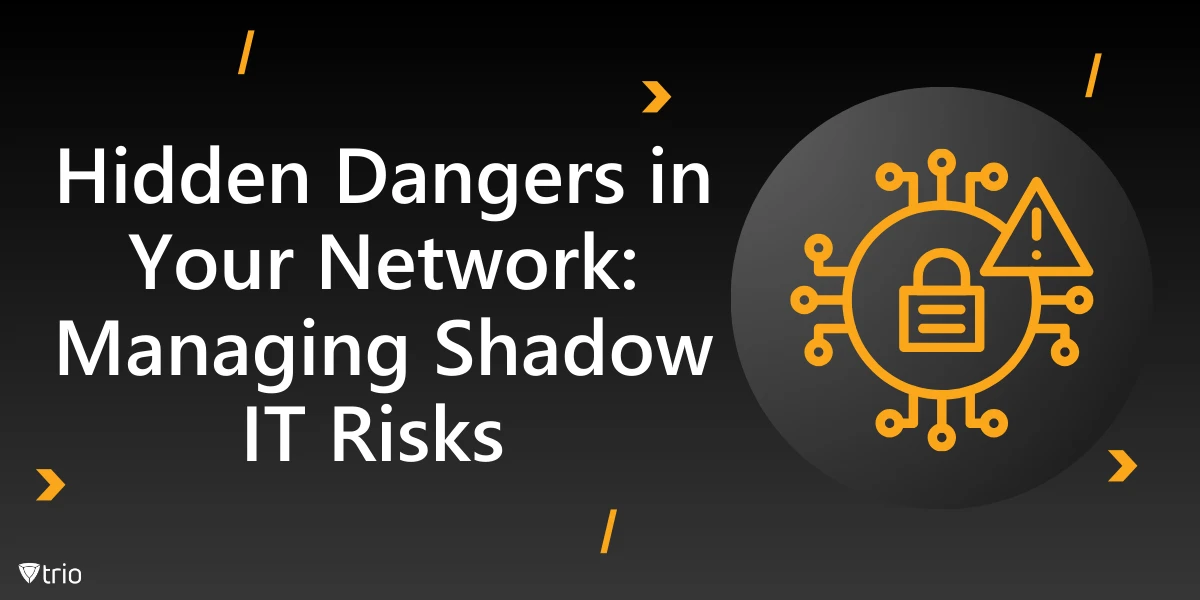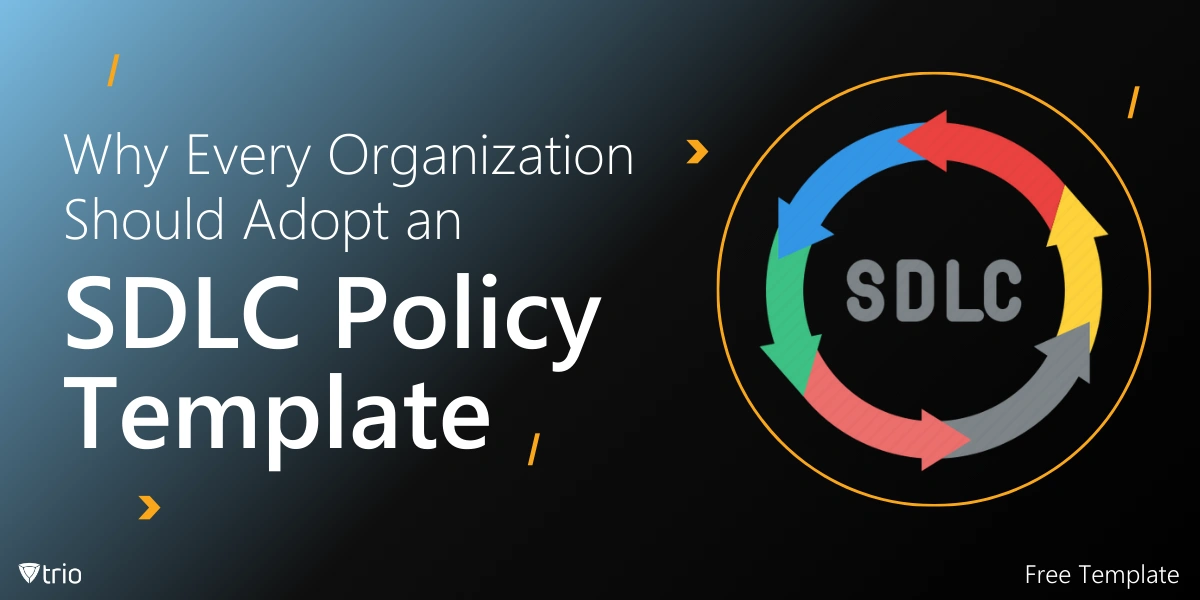In the current technology landscape, shadow IT poses a hidden but significant threat to organizations. The term “shadow IT” refers to the use of IT systems, devices, software, applications, and services without explicit IT department approval. While often well-intentioned, these unauthorized tools can introduce serious security and compliance challenges, making it essential for IT professionals to stay vigilant and take proactive measures.
The Meaning of Shadow IT in Cybersecurity
Understanding shadow IT risks is crucial for developing a complete security strategy. Shadow IT includes any tools and applications employees use to make their jobs easier, but that IT teams have not officially sanctioned. This can range from simple file-sharing platforms to complex cloud-based services. The issue is that these shadow IT tools operate outside the organization’s security measures, creating gaps that cybercriminals can exploit.
For example, an employee might download a popular messaging app on their work device to communicate with colleagues more efficiently. While convenient, this unauthorized software could be a goldmine for hackers. Shadow IT risks, therefore, extend beyond mere operational concerns and can result in security breaches, data loss, or even compliance violations.
Examples of Shadow IT and Their Impact
Shadow IT examples are everywhere and understanding them can help you identify potential vulnerabilities within your corporate network. A common scenario is the use of personal devices for work-related tasks, especially in the era of remote work. These devices often lack the necessary security controls, increasing the attack surface and leaving room for potential data breaches.
Another shadow IT risk example involves cloud-based services like unsanctioned file storage platforms. Employees might use them to share large files easily, bypassing approval processes. However, these shadow IT applications can store sensitive company information without appropriate encryption or security protocols, posing a significant risk of data loss.

The Security Risks of Shadow IT: What’s at Stake?
The security risks of shadow IT are numerous and potentially devastating. Shadow IT tools can create security vulnerabilities that compromise the organization’s entire infrastructure. Since these tools often lack proper oversight and monitoring, they can bypass essential security measures, making them prime targets for cyberattacks.
Compliance issues also arise when shadow IT applications do not adhere to regulatory requirements. For example, an employee might store customer data in a way that violates industry standards, such as GDPR or HIPAA. These compliance violations can result in hefty fines and damage to the organization’s reputation. Additionally, unmonitored tools increase the risk of data loss and security breaches, which can have long-term ramifications on business continuity.
Shadow IT Management: An All-Inclusive Approach
Managing shadow IT requires more than just tracking down unauthorized software; it involves a strategy that balances flexibility with security. The first step in shadow IT management is to conduct a thorough shadow IT risk assessment as part of a comprehensive IT risk management plan. This assessment should include vulnerability management to identify security gaps and assessing the risks posed by unapproved software.
Visibility and control are critical in managing shadow IT. Implementing technology that can monitor and analyze network activity in real time can help pinpoint security gaps. Moreover, regular employee training can reduce shadow IT by making workers aware of the potential dangers of unauthorized software. Promoting a culture of communication between employees and IT departments also makes it easier to understand and manage employees’ needs.
How to Prevent Shadow IT Effectively
Preventing is always better than curing, especially when dealing with shadow IT risks. One of the most effective ways to prevent shadow IT is by streamlining approval processes for new tools and services. Employees often turn to shadow IT when the formal process takes too long. By simplifying this process, IT departments can minimize the appeal of unsanctioned software.
Another crucial step is to implement strict security measures, such as multi-factor authentication and network segmentation. These measures can limit the impact of any security vulnerabilities caused by shadow IT. Additionally, offering pre-approved, secure alternatives for commonly used applications can help reduce the temptation for employees to find workarounds.

Reducing Shadow IT with Trio
As a comprehensive MDM (Mobile Device Management) solution, Trio is designed to help organizations gain visibility and control over shadow IT. With features like automated security updates and the ability to enforce security policies across all devices, Trio helps close security gaps and minimize compliance violations.
Trio provides advanced monitoring capabilities that help detect and manage unauthorized software and shadow IT applications, ensuring the corporate network remains secure. IT admins can create custom profiles to pre-install all necessary apps on employee devices from the start, eliminating the need for extra, unapproved software. For BYOD (Bring Your Own Device) setups, Trio offers kiosk modes to control and limit app usage, providing a seamless and secure solution for managing both company-issued and personal devices.
By using Trio, IT departments can streamline shadow IT management and perform effective risk assessments. Trio’s intuitive dashboard also provides actionable insights, making it easier to identify shadow IT tools and mitigate potential risks proactively. Ready to safeguard your organization? Get in touch with us to book a free demo and see how Trio can protect your business.
Conclusion
Shadow IT risks are a growing concern in today’s tech-driven work environment. While shadow IT includes tools that can make employees more productive, the security vulnerabilities and compliance issues they introduce can’t be ignored. By understanding shadow IT in cybersecurity and employing strategies to prevent and manage it, you can protect your organization from data loss, compliance violations, and security breaches. And with solutions like Trio, you can turn these challenges into opportunities for more secure and efficient operations.








